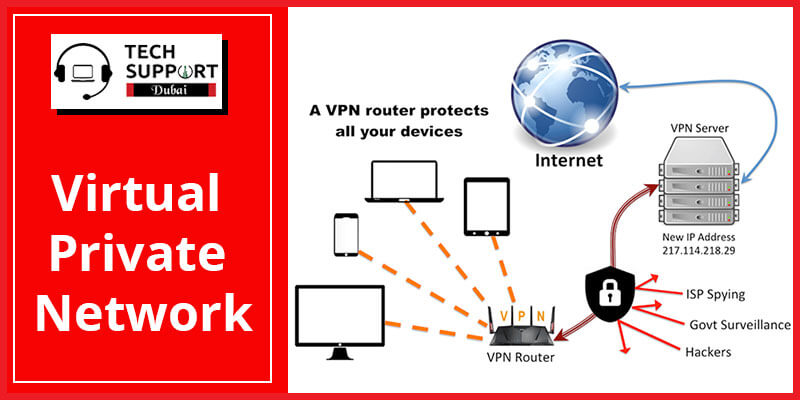

#Wifi open vpn monitor software#
The proposed detection mechanism combines DNN, PCA, statistical, and knowledge-based approaches to offer significantly greater efficiency than existing IDS, as indicated by analytical and software results. This paper proposes and enhances IDS detection mechanisms via two processes: using a deep neural network (DNN) model with new features for threat detection based on two assumptions related to handling zero-day attacks, with low computing power and resources, and a comprehensive solution for detection by merging the DNN model and principle component analysis (PCA) to increase security and performance. The weakness of IDS backend engines costs companies time in the investigation process. Existing IDSs are known to suffer from many problems, most notably the high rate of false positive alerts, the long time required to detect attacks, and the inability to detect zero-day attacks, which can ruin companies. A secure and efficient intrusion detection system (IDS) is crucial to detect security threats. Security issues are the most critical challenges facing new technologies associated with the internet of things (IoT), big data, and cloud computing. The results obtained showed that the solution guarantees the remote access of teleworkers to the company's digital applications in a secure way and with acceptable performance indexes in correspondence with the limited technological resources of the organization. Performance and security tests were realized to validate the proposed solution in the real environment of a medium-sized Cuban agribusiness company using the tools Wireshark, nmap, hping3, hydra, iPerf3 and the PING command. The synthetic analytical, the historical logical, the theoretical triangulation and the experimental method.
#Wifi open vpn monitor free#
The objective of this research is to develop a solution to implement online teleworking in Cuban companies through the use of free software tools.

However, its use in developing countries such as Cuba is incipient mainly due to economic and technological restrictions that hinder its implementation.

Nowadays the adoption of teleworking is a topic of interest for companies and businesses. Our results confirm the multi-faceted nature of non-expert users` perspectives on cyber security and privacy and call for more holistic, comprehensive and nuanced research on different facets of such perspectives. Overall negative sentiment was observed across almost all topics non-expert users discussed on Twitter in all the three years. Our analysis revealed a diverse range of topics discussed by non-expert users across the three years, including VPNs, Wi-Fi, smartphones, laptops, smart home devices, financial security, and security and privacy issues involving different stakeholders. We also observed an increased level of help-seeking tweets during the COVID-19 pandemic. For instance, we observed a 54% increase in non-expert users` tweets on cyber security and/or privacy related topics in 2021, compared to before the start of global COVID-19 lockdowns (January 2019 to February 2020). We applied topic modelling, sentiment analysis and qualitative analysis of selected tweets in the dataset, leading to various interesting findings. We analysed this dataset to understand non-expert users` cyber security and privacy perspectives, including the yearly trend and the impact of the COVID-19 pandemic. Two machine learning-based classifiers were developed to identify the 413,985 tweets. We endeavour to fill these research gaps by conducting a larger-scale study based on a real-world dataset of 413,985 tweets posted by non-expert users on Twitter in six months of three consecutive years (January and February in 2019, 20). In addition, most were based on smaller-scale empirical studies such as online surveys and interviews. Current research on users` perspectives of cyber security and privacy related to traditional and smart devices at home is very active, but the focus is often more on specific modern devices such as mobile and smart IoT devices in a home context.


 0 kommentar(er)
0 kommentar(er)
